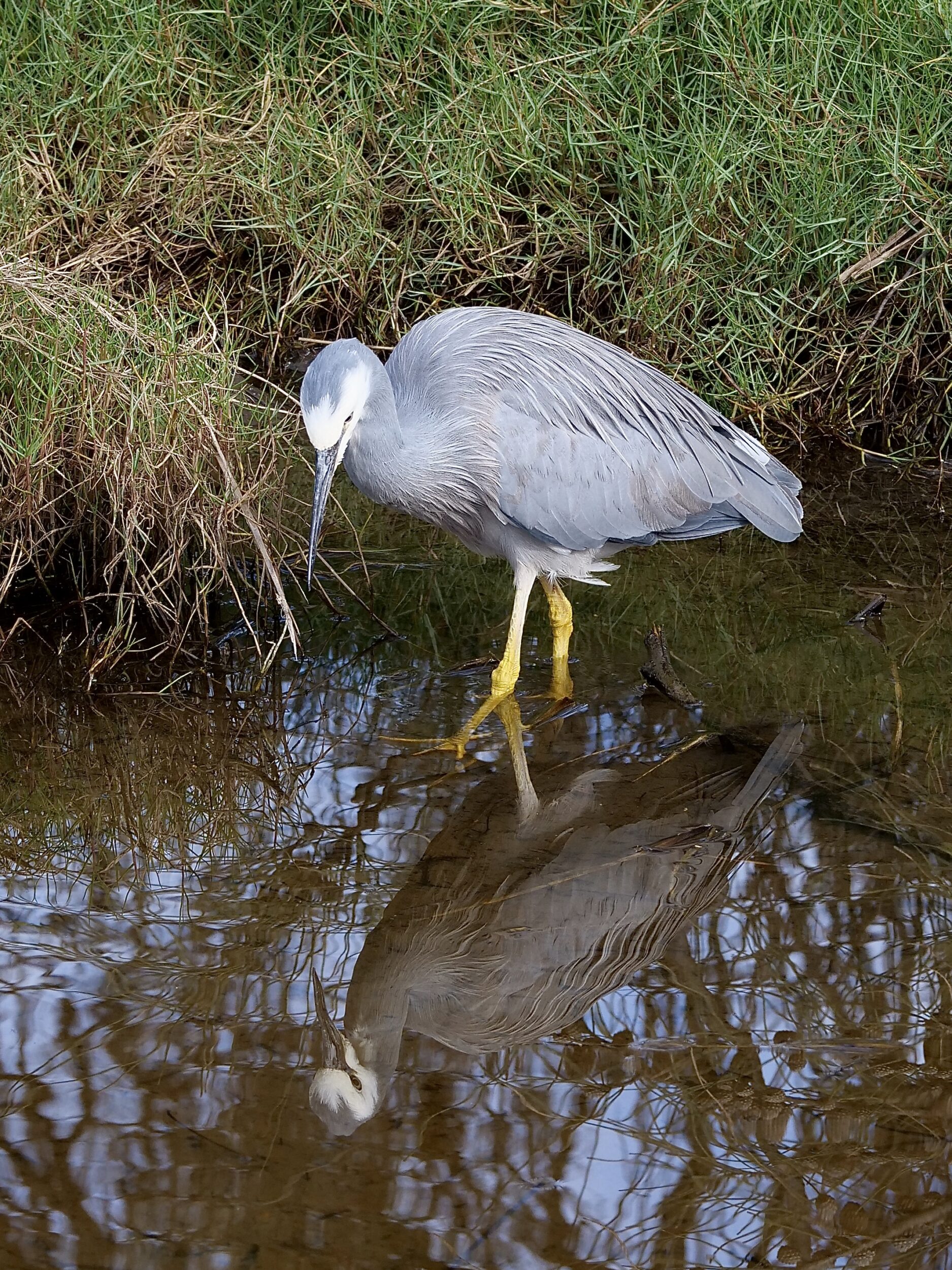If you confine your “nature walks” to places easily-reached without a car, and within 15 kilometres of Perth’s GPO, your worthwhile menu options are still surprisingly numerous.
Among them are the largest remaining river flats within the metropolitan area; Ashfield Flats’ nearer side is less than 10 kilometres from the GPO.
Like other such “worthwhile menu options” in Perth, Ashfield Flats is far from “pristine”.
That said, it is one of not a few Perth places which are much “wilder” and much more “alive” than what one generally finds when conveniently near to a substantial city’s CBD.
Nothing in this post involves a “rare” or “unusual” sighting, nor any use of a hide or a tripod, nor any painstaking, skilful sleuthing; local residents taking a well-trained dog out for a relaxed walk could also have very easily seen everything we did, on just one afternoon walk.
All photos copyright Doug Spencer, taken on afternoon of 08 July 2022; the featured image’s white-faced heron also appeared in an earlier post.
Abundant birdlife etc notwithstanding, for a deal of whatever walk one takes in Ashfield Flats – and as is likewise true of many other Perth river/lake/wetland/bushland walks – it is very obvious that one is still in suburbia.
Occasionally, however, the city “disappears”…
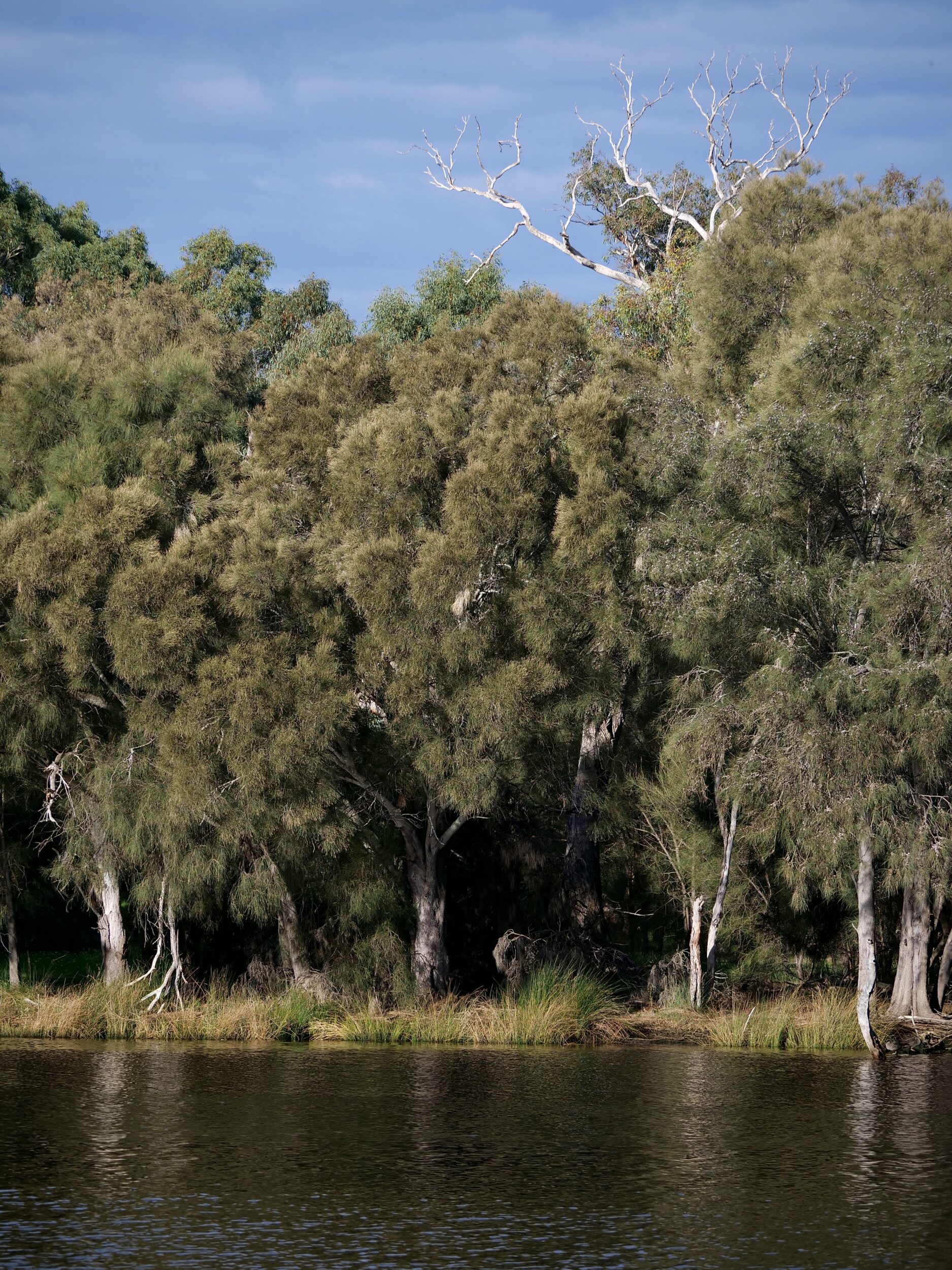
Captain Cook’s eyes never saw Australia’s western side, but tour boats bearing his name have taken many thousands of people along this stretch of the Swan.
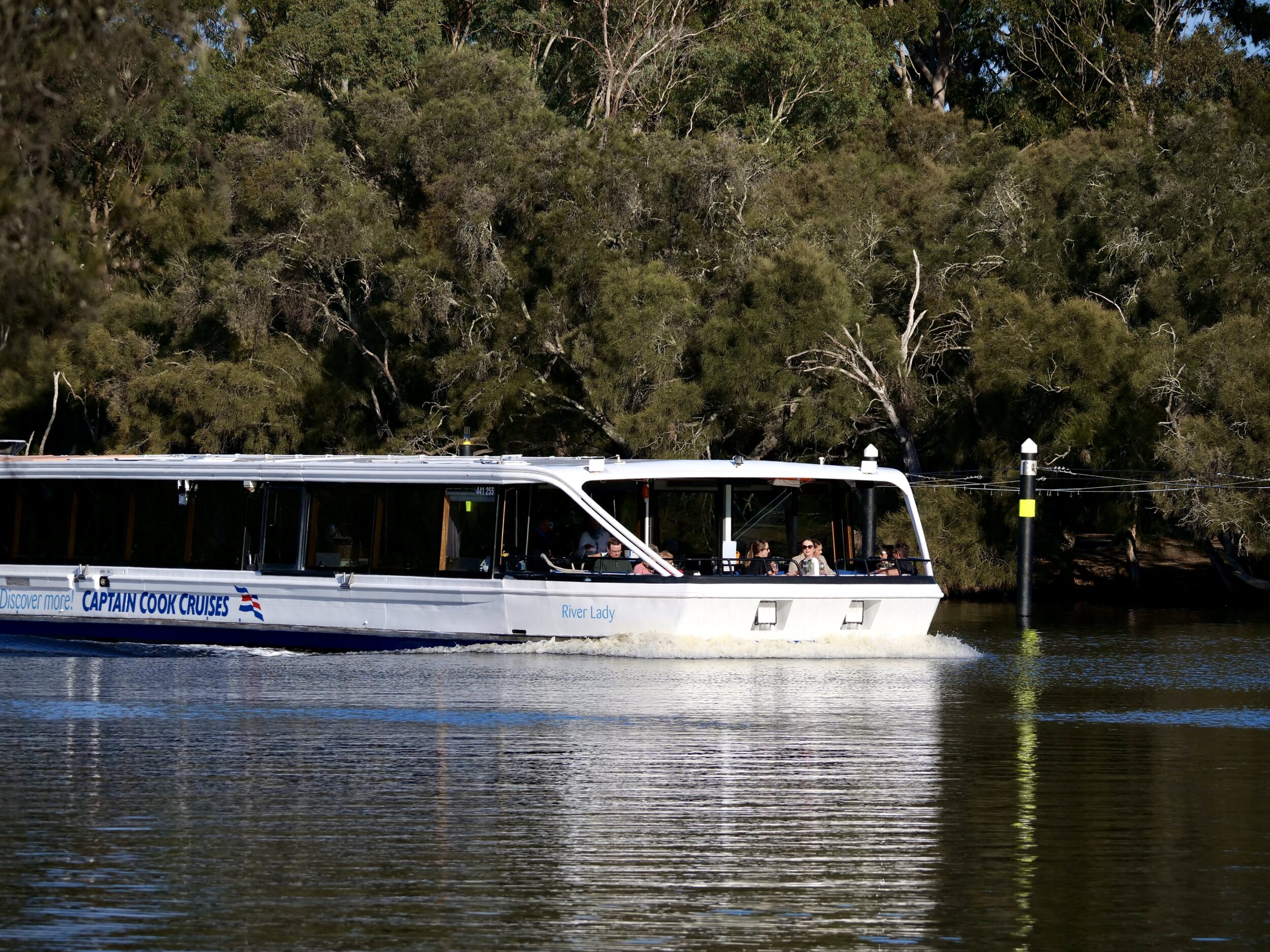
To my knowledge, that particular afternoon’s tourists did not notice this:
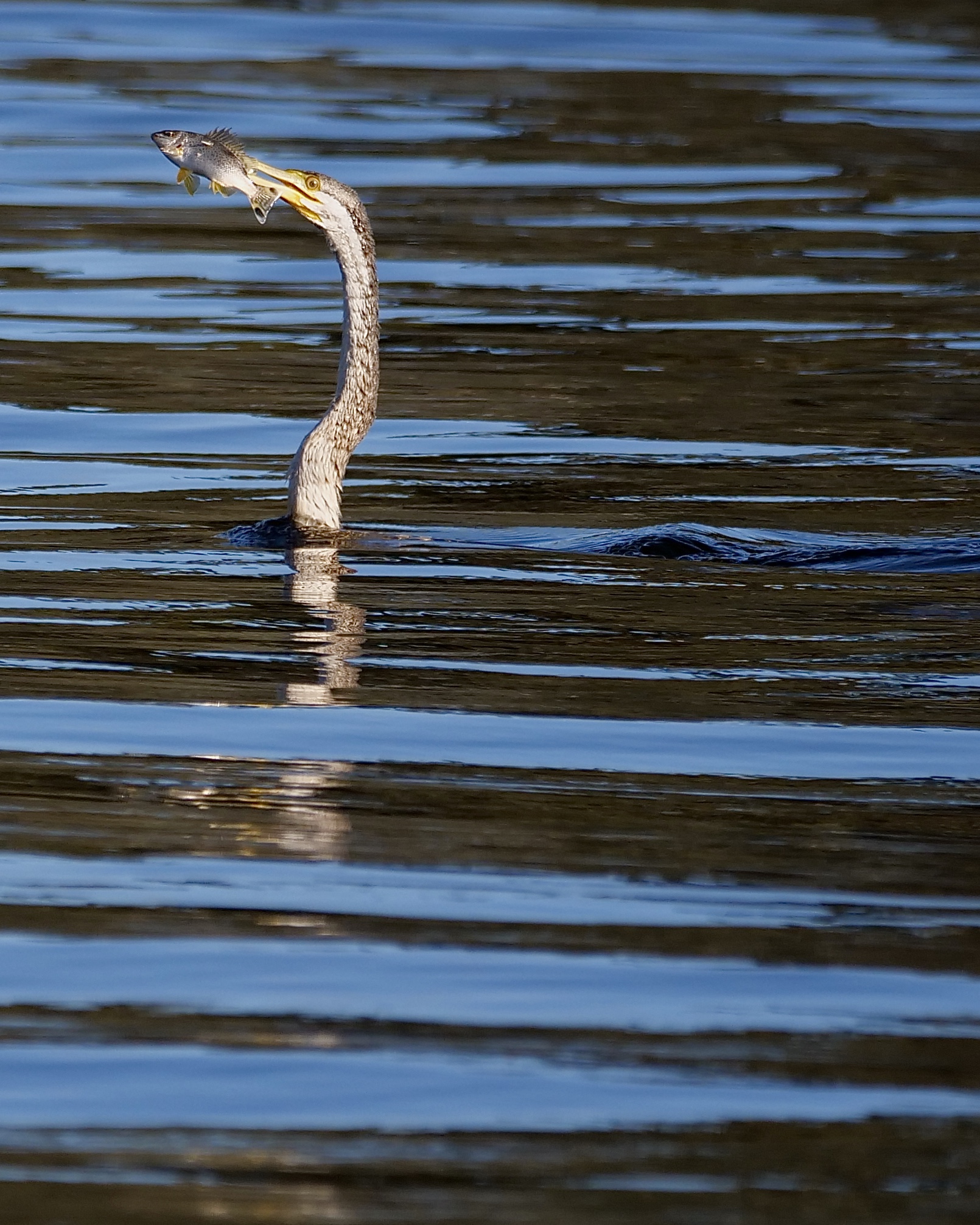
For obvious reasons, darters are also known as “snake birds”.
If you have not already seen the Indian version, spectacularly engaged in mortal combat with a catfish, you may like to click this
Darters are “living spearguns”, beautifully adapted to hunting fish.
Eventually, however, a darter’s wings become waterlogged…after which, it’s drying time again.
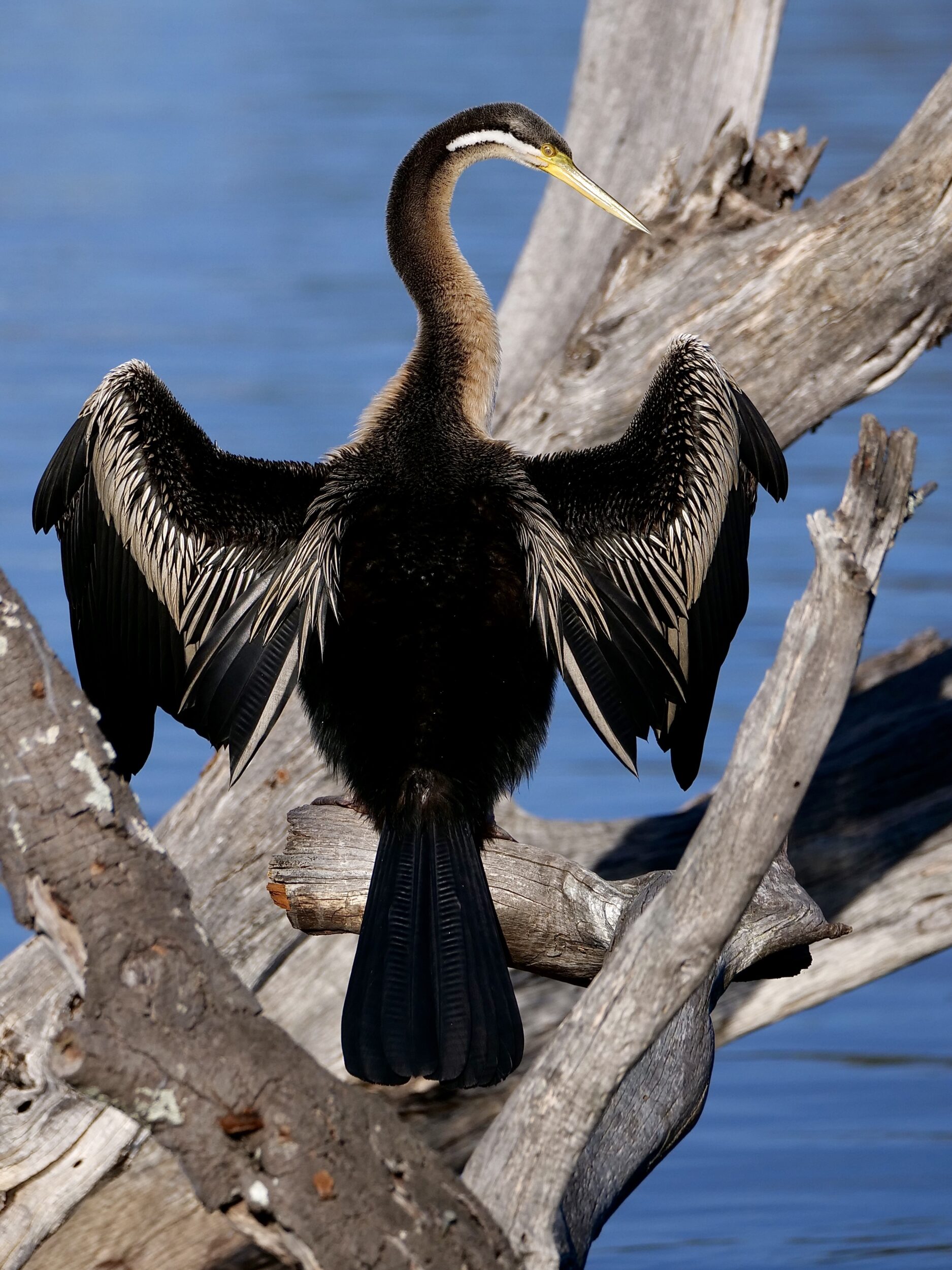
Click here for more info on Ashfield Flats, plus photo galleries of the river flats and their birdlife.
